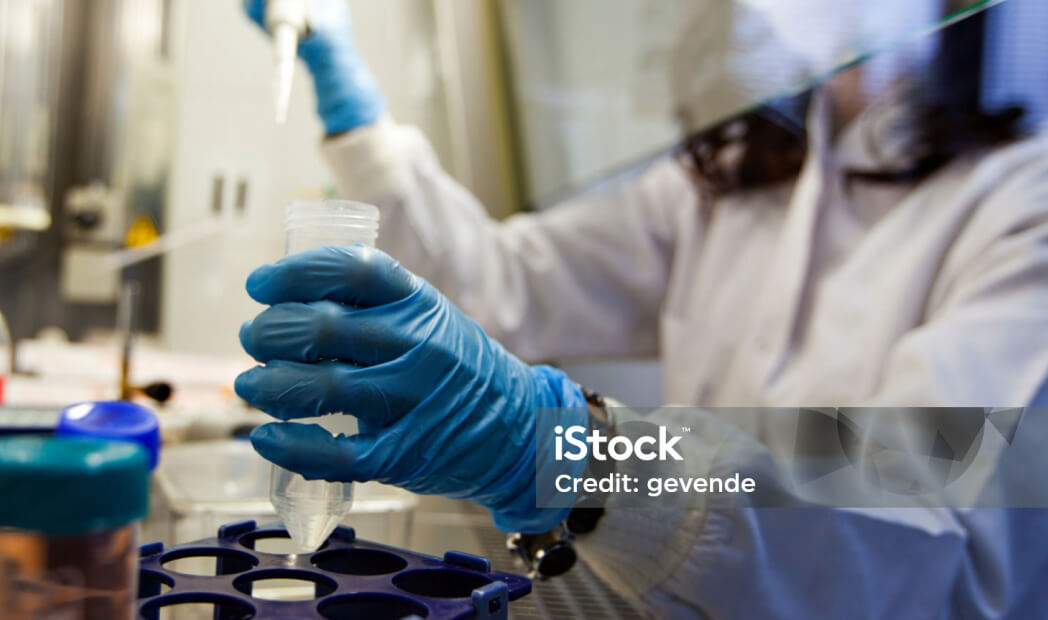
Transforming biotechnology in the present
Stem cells are unique cells that can transform into different types of cells in the body and are found in various tissues. They have the potential to repair and renew damaged tissues, making them promising for various regenerative treatments in medicine.

Cord cells
Umbilical cord blood is found in the umbilical vein and the placenta. It is rich in hematopoietic stem cells, which can differentiate and originate red blood cells, white blood cells, and platelets. These cells are used to treat more than 84 blood diseases, including leukemias, lymphomas, some anemias, and combined immunodeficiencies.
Where are they found?
In umbilical cord blood, these cells do not replace mesenchymal cells.
How are they obtained?
They are obtained from the blood contained in the umbilical cord at the time of birth.
What are their uses?
They are used in the treatment of more than 84 serious diseases, such as leukemia, lymphoma, anemia, and some combined immunodeficiencies.
When were they first used?
In 1988, blood cells were used to combat Fanconi anemia and are currently useful for the treatment of more than 84 diseases. Blood cells are also used as an alternative to bone marrow transplants.
Cord tissue
Cord tissue is a rich source of mesenchymal stem cells, used in regenerative medicine research to find treatments for various diseases such as heart disease, stroke, multiple sclerosis, and diabetes. They can differentiate and give rise to bone, fat, and cartilage.
Where are they found?
Tissue cells are found in umbilical cord tissue and Wharton's jelly. They do not replace hematopoietic cells. Tissue cells have potential uses for various cellular therapies that are still in the research phase.
How are they obtained?
They are obtained from the tissue that forms the umbilical cord at the time of birth.
What are their uses?
Bone repair, cartilage tissue, damaged connective tissue. Future treatments: spinal cord injuries and strokes.
When were they first used?
Their first clinical use was in 1995; there are more than 200 treatments among their potential uses.
Dental pulp
Mesenchymal stem cells from dental pulp (MSC-PD) are a type of multipotent, adult, and immature stem cells with myofibroblast morphology. These cells can differentiate into various cell types, including bone, cartilage, fat, connective tissue, skeletal tissue, and cardiac muscle.
Where are they found?
They are located in the dental pulp of baby teeth and wisdom teeth (third molars)
How are they obtained?
They are obtained from milk teeth and wisdom teeth, preferably from young patients, as there are no ethical restrictions on their collection. These cells remain alive and functional even after prolonged expansion.
What are their uses?
They are used to promote the formation of new blood vessels, modulate immune system responses, and promote regeneration by regulating scarring and inflammation. In addition, MSC-PD migrates to injured areas to enhance the body's natural regenerative processes and find applications in dentistry and bone regeneration. They also secrete growth factors related to regenerative processes, further expanding their therapeutic potential.